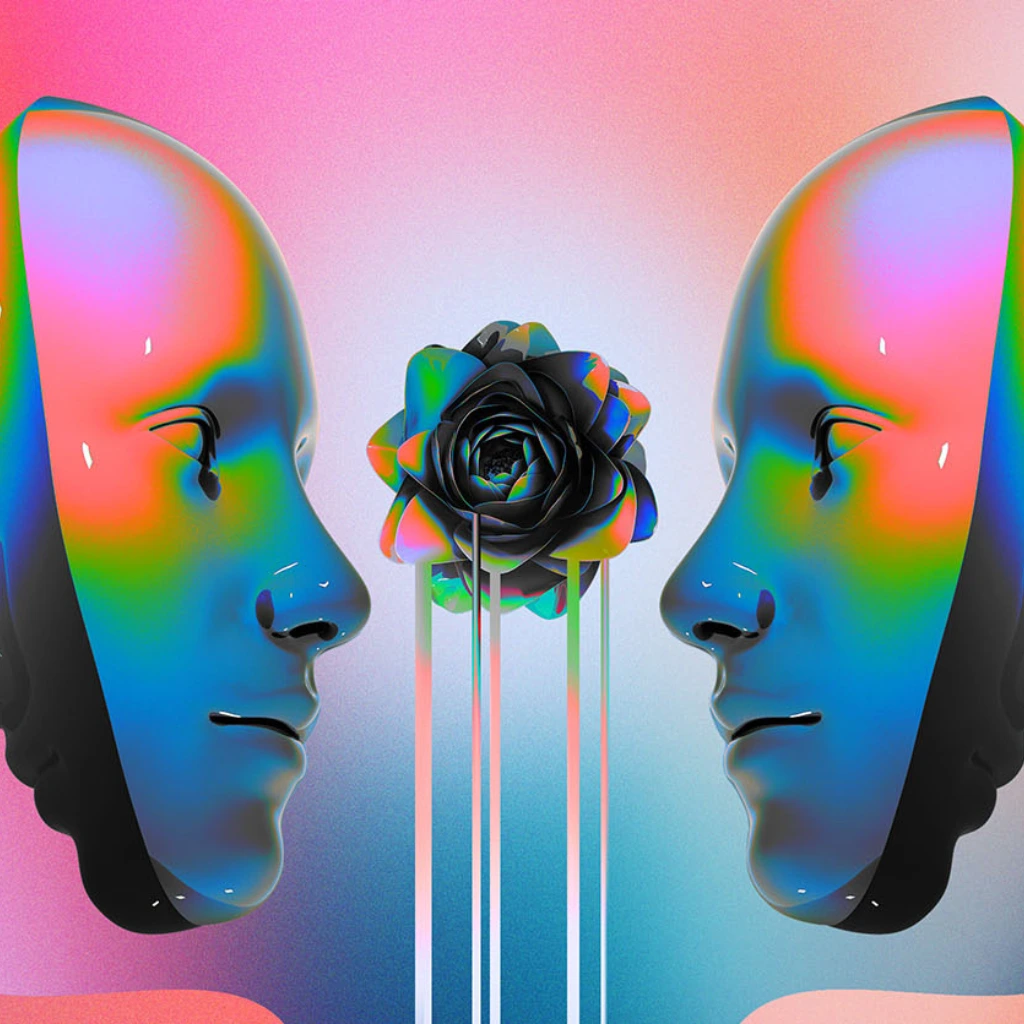Web3 Internet Freedom: What If the Web Was Actually Ours?
Imagine an internet where no one owns your data but you. No Big Tech middlemen. No algorithmic overlords. That’s the dream behind Web3 internet freedom — a decentralized vision where users control their identities, their content, and their digital lives.
Sounds ideal. But what would it take to get there? And would it even work?
Let’s explore what the world might look like if Web3 succeeded — and what could go wrong along the way.
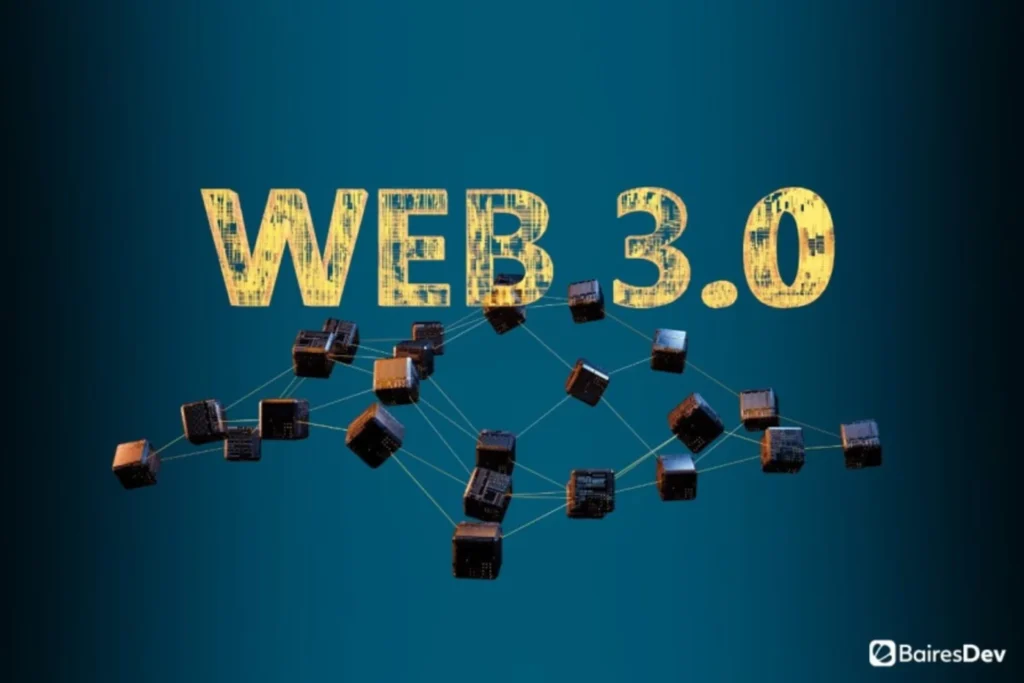

What If Web3 Internet Freedom Let Us Leave Web2 Behind?
Picture this: You try to delete your Facebook account, and it actually disappears — without a trace. Or you post a tweet that sparks controversy, but no one can “deplatform” you overnight. In this imagined world, Web2 — the current, centralized internet — is a relic of the past.
Instead of platforms owning your content and hoarding your data, Web3 internet freedom would mean you own the keys. Your identity is stored in a wallet. Your content lives on a blockchain. Platforms become interfaces — not gatekeepers.
But could this shift really happen? It would require a mass migration of users, developers, and creators… and a serious cultural reset.

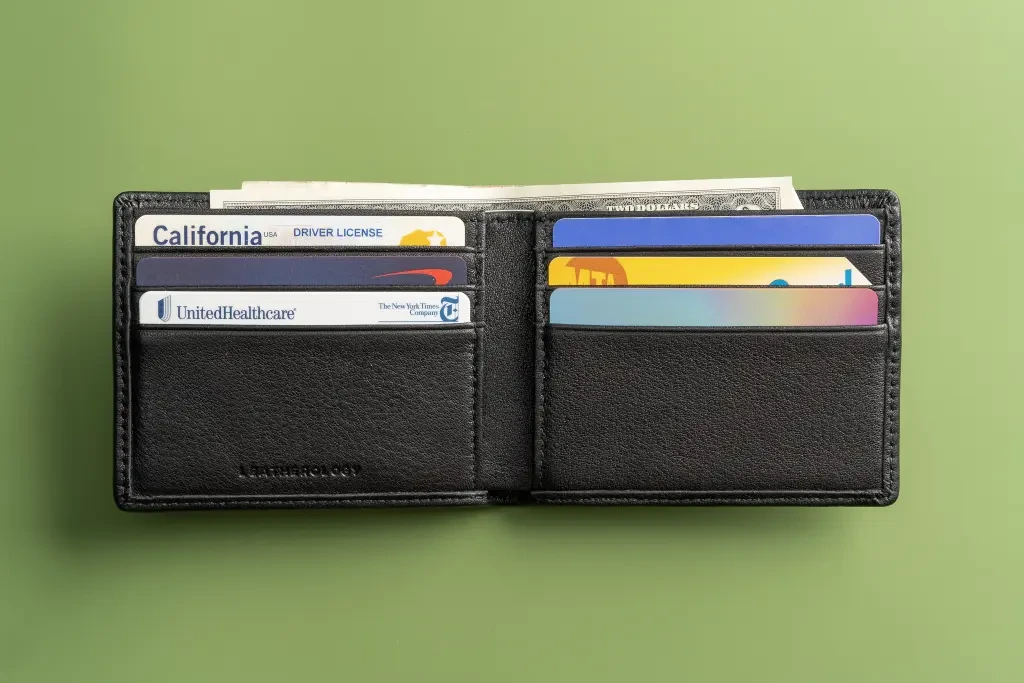
What If Web3 Internet Freedom Made Your Online Identity Truly Yours?
Right now, your Google login is your passport to the web. But what if you didn’t need it?
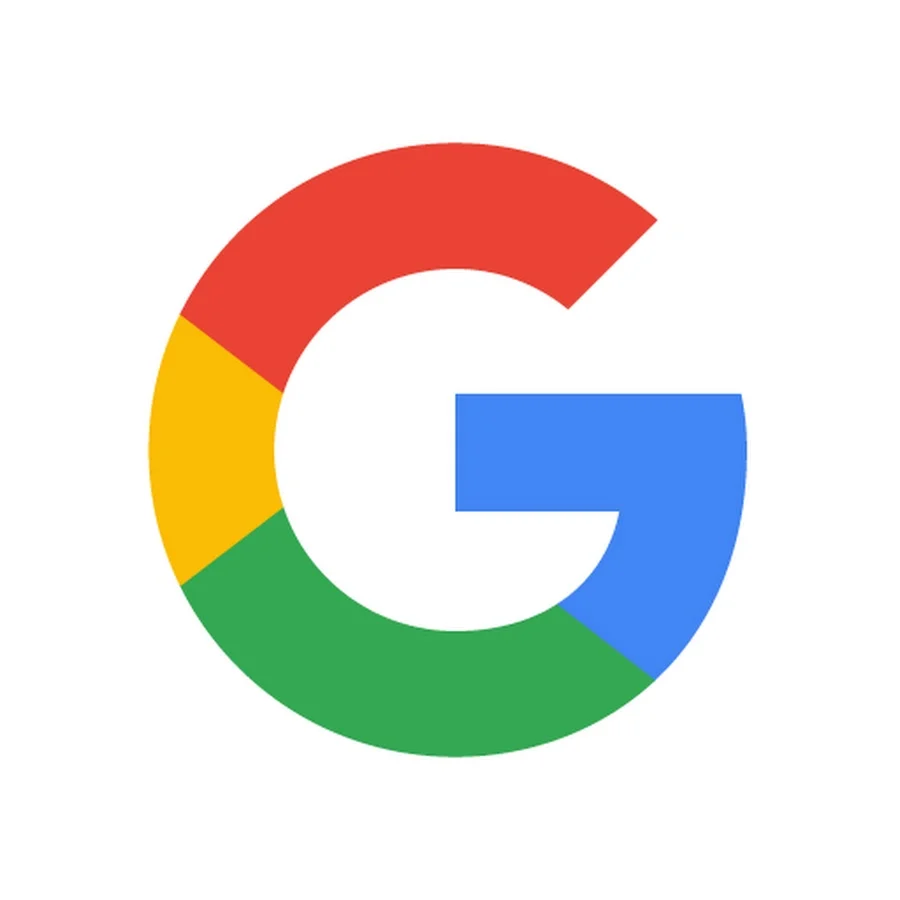
In the Web3 world, your wallet — not a centralized login — would be your key. That same address would carry your profile, your followers, your reputation. Even if one app vanishes, your identity remains intact.
It sounds liberating. But what if the UX never gets better? What if wallets stay confusing, scams increase, and average users never quite catch on?
For Web3 internet freedom to work, usability can’t just be an afterthought. It needs to be easier than Web2, not harder.
What If Platforms Couldn’t Lock You In Anymore?
Imagine posting to one app and taking your content — and followers — anywhere. No lock-in. No shadowbans. No arbitrary suspensions.
That’s the promise of platforms like Lens Protocol, Farcaster, and even federated systems like Mastodon. They let users move freely while keeping their data and identity.
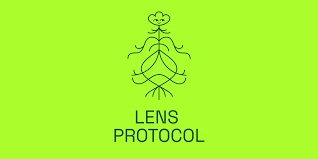
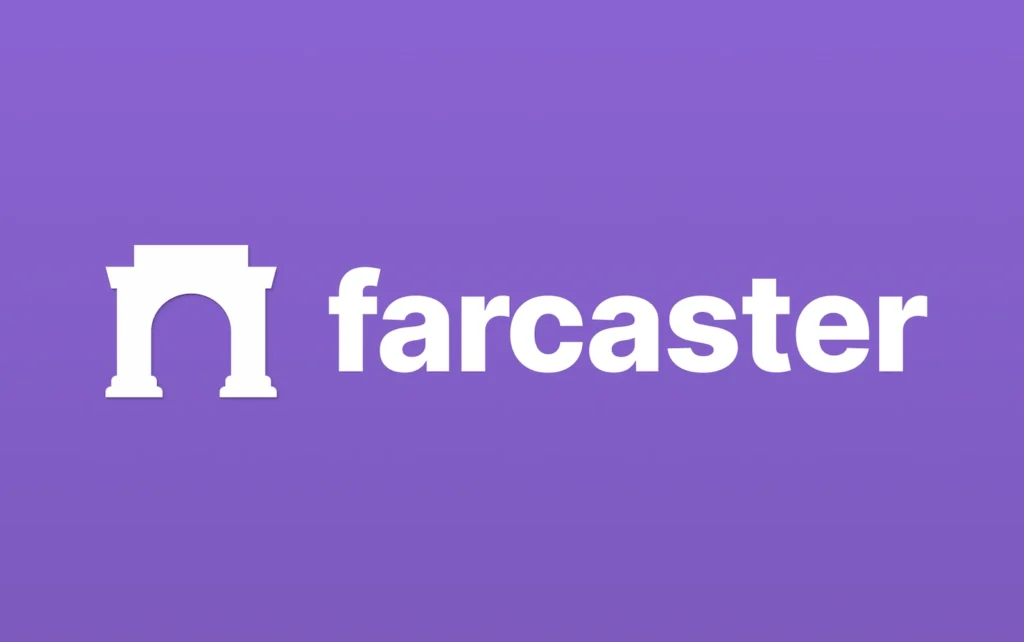
It’s a bold vision — but what if it never scales? What if network effects keep users glued to Twitter, TikTok, and Instagram, even if better alternatives exist?
Freedom’s great… but only if people actually show up.
What If Decentralization Brings Its Own Problems?
Here’s the tricky part. Even if we get Web3 internet freedom off the ground — what then?
Without centralized control, moderation becomes harder. Scams might flourish. There’s no “Terms of Service” overlord to clean up the mess.
Would it be chaos? Or would we invent new ways to govern ourselves online — bottom-up instead of top-down?

It’s a toss-up. Freedom isn’t free — and decentralized doesn’t always mean better.
What If Web3 Doesn’t Live Up to the Hype?
Let’s be real: Web3 has a PR problem. Between the crypto crashes and the hype overload, a lot of people are skeptical. Rightly so.
So what if it never quite gets there? What if we get halfway — a few decentralized tools, but not a full internet reboot?
Even that might be a win. Less platform lock-in. More data portability. A little more control in users’ hands. Web3 internet freedom doesn’t need to be perfect to be progress.
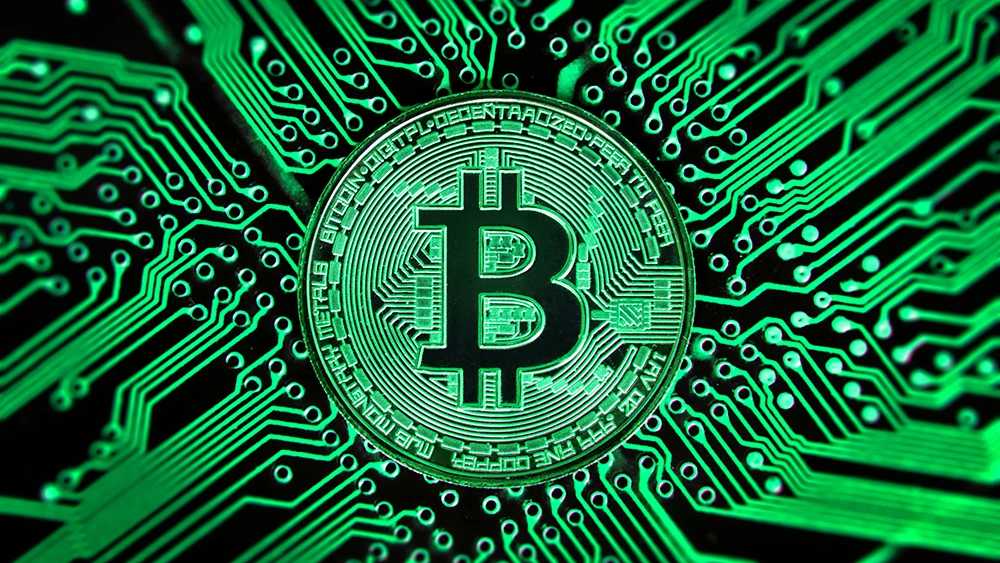

What If This Really Is the Beginning of Something Better?
Maybe the wallets get easier. Maybe people start caring more about data ownership. Maybe a few breakout platforms actually pull users away from Web2 giants.
If that happens, we might look back in five years and say: “Yeah — that’s when things started to change.”
Web3 isn’t a sure thing. But if we take it seriously, invest in better tools, and build with purpose, we might just get a freer internet after all.
And that’s a future worth imagining.
Relevant Link : Here

